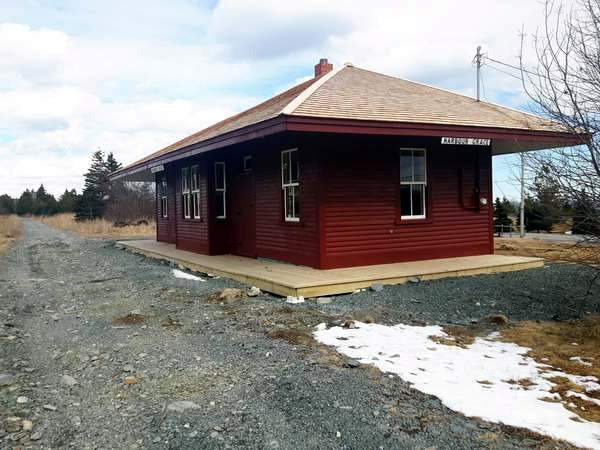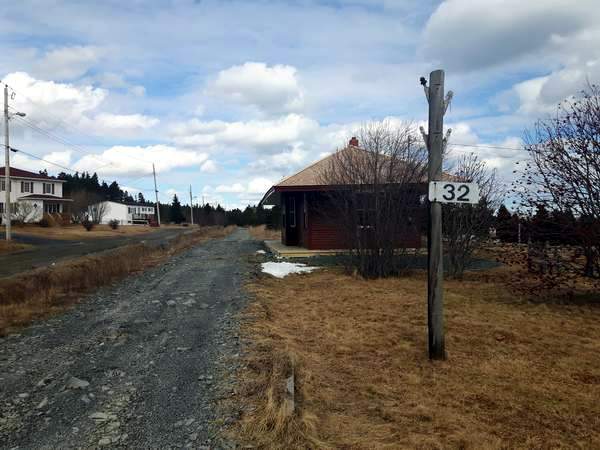The Newfoundland railway operated for just over a century. From 1882 the trains ran over completed portions of a projected trans-insular line. Passenger service started across the island in June 1898 and ran until July 1969 when all passenger service was replaced with buses. Freight trains continued to run until 1988. The railbed has since been designated a “T’railway” and a linear provincial park.
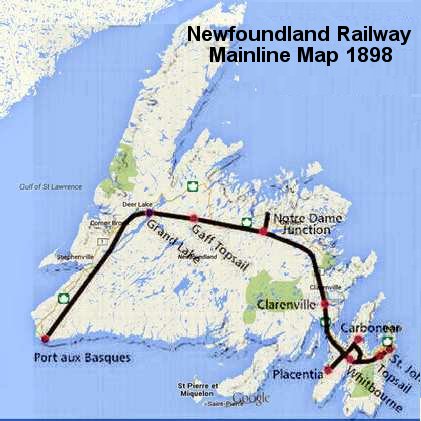
Newfoundland became the 10th province of Canada on March 31, 1949, and the Newfoundland Railway’s assets were transferred to the control of the Canadian National Railway (CNR). CN made major capital improvements to the former Newfoundland Railway with many upgrades to the main line, bridges, and rolling stock. All steam locomotives were replaced with diesel units.
The NFLD Railway was a narrow (3’6″) gauge line for reasons of economy and was the longest such line in North America, and was regarded with particular affection by railway buffs (its gentle nickname, “the Newfie Bullet”. The main line was 548 miles, from St. John’s to Port aux Basques. Numerous branch lines made the operating trackage in the peak years (1915-31) 906 miles. Today there are very few signs that there was a railway in Newfoundland.
Most pictures were contributed by Jim Parker.
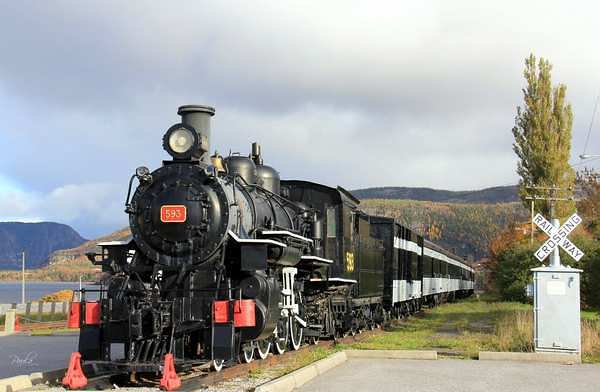
The Newfie Bullet #593, 4-6-2 at the Humbermouth display in Corner Brook Newfoundland. The engine was ordered by the Newfoundland Railway in September 1920 from the Baldwin Company of Philadelphia, USA, and was delivered to St John’s, Newfoundland, in 1921. It was used regularly by the Newfoundland Railway as a passenger hauler until 1939 when it was put into yard switching service in Port aux Basques until 1957 when it was retired.
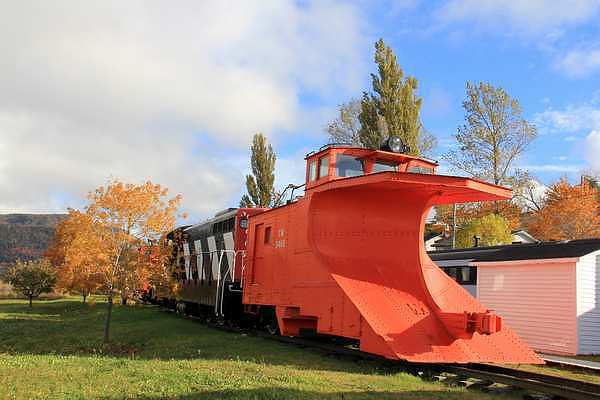
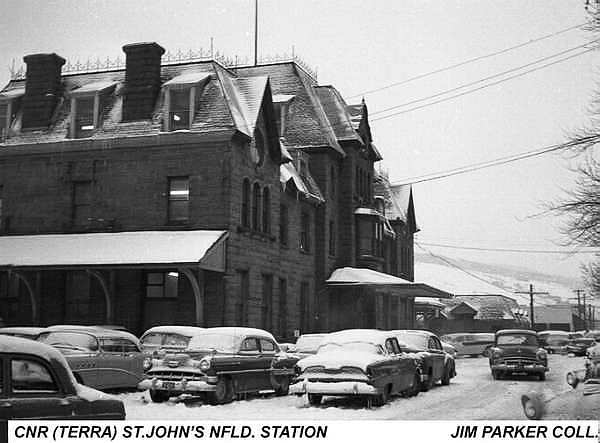
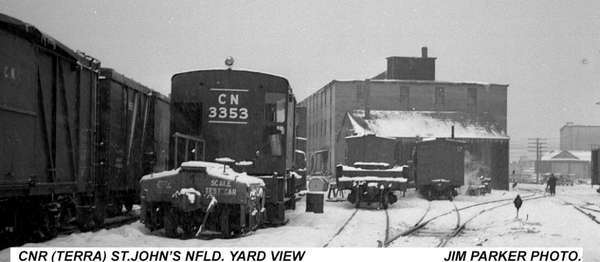
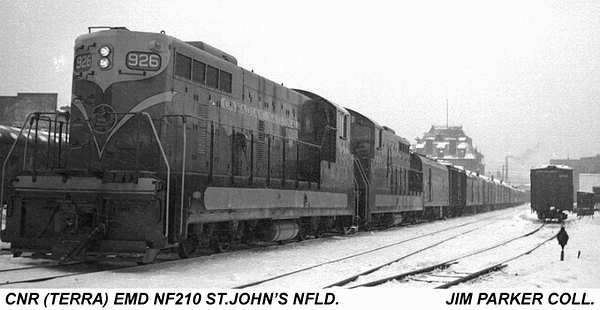
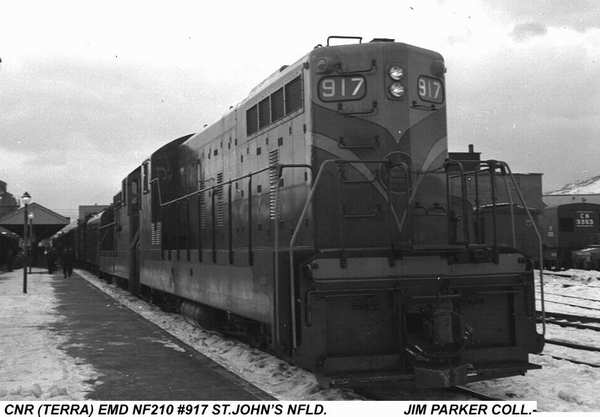
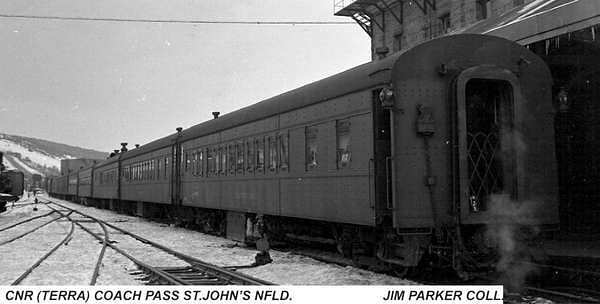
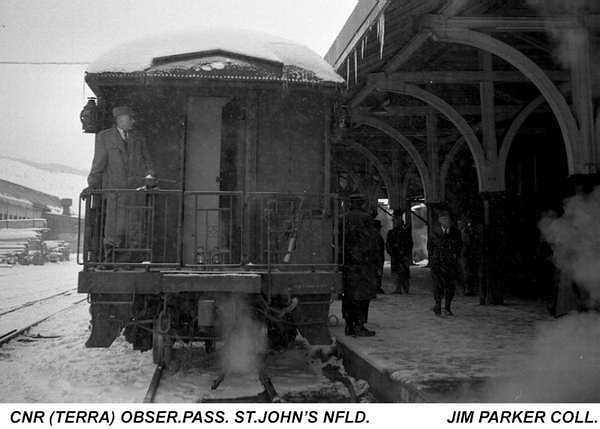
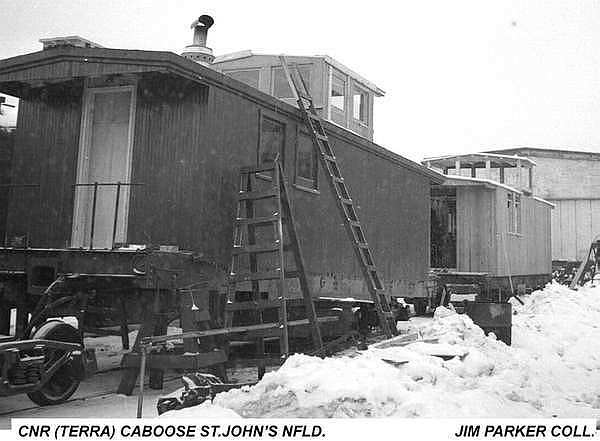
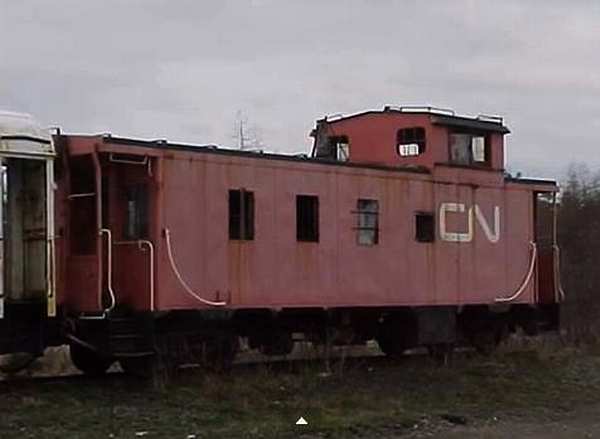
The Harbour Grace Railway Station

This building has been reconstructed by the Harbour Grace Railway Museum.
The building of the railway line in Newfoundland caused debate, controversy and heartache. The first mile was built in 1881. But, for some years before that, the idea had been discussed and as usual, opinion was divided. There were several points of view. Some were less than happy over the prospect that a railway would lay financial burdens on the already overburdened shoulders of the mercantile class. Others saw it as an inestimable benefit to Newfoundland. By far, the most supportive group were made up of professional men like the Scottish geologist Alex Murray and Clergymen/Writer, Irishman Rev. M. Harvey. They saw in a railway the key to unshackle the chains which, for centuries, had bound Newfoundland to dependence on an uncertain, and Impoverishing industry, the salt cod fishery.
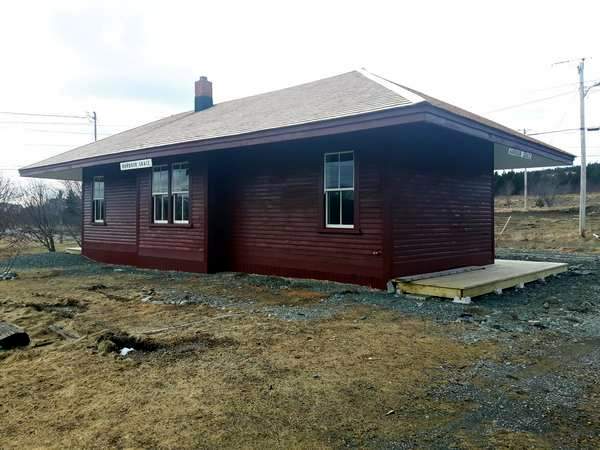
For more information on the Harbour Grace building and more on the Newfoundland Railway look at
the Town of Harbour Grace site. These pictures were used with the permission of Darrell Steele. His Facebook page has a lot of information on the Newfoundland Railway: Exploring the Newfoundland Railway
